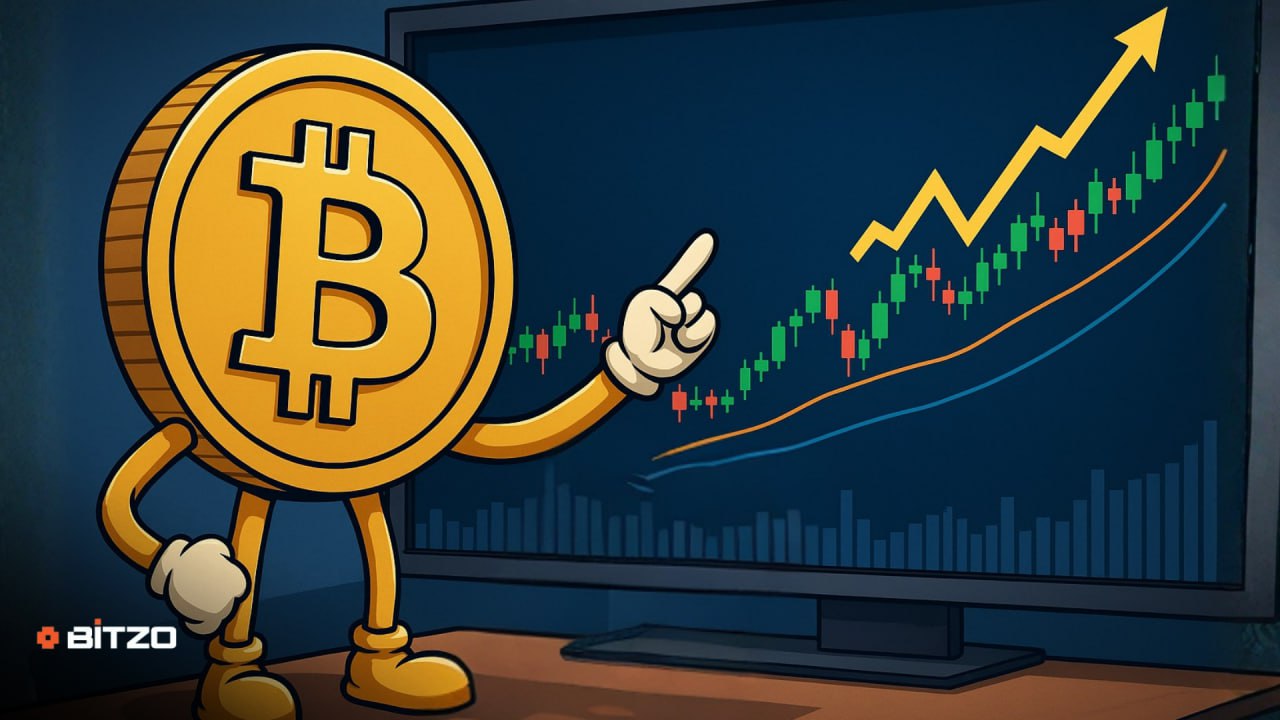Top Crypto Strategies to Include in Your Portfolio for 2025 and Their Importance
The cryptocurrency market is becoming more complex, requiring traders to adopt well-planned strategies to maximize returns and minimize risks.
While traditional tactics, such as investing in leading cryptocurrencies like Bitcoin and Ethereum, have been successful in the past, the emergence of new technologies and trading methods is changing the game. Innovations like AI-powered analytics, decentralized finance, and cross-chain solutions are revolutionizing the way investors handle their portfolios.
Lightchain AI is becoming a significant force in this dynamic market, attracting substantial interest from early investors. Currently in its presale phase at a price of 0.005625 and having raised 14.2 million, it stands out as an appealing option for traders seeking investments fueled by innovation. Let's explore some of the leading strategies for 2025 and why they are crucial.
Adapting to Markets with AI-driven Trading
Artificial intelligence is revolutionizing trading by altering how investors make decisions. AI-driven platforms can process extensive market data in real time, spotting trends and making precise predictions that human traders might miss. This automation boosts accuracy, minimizes the risk of emotional trading, and ensures continuous market surveillance.
Platforms that incorporate AI models can analyze data from various exchanges, evaluate liquidity trends, and perform trades at optimal times. Furthermore, AI helps traders manage risks more effectively by adjusting portfolio allocations based on real-time market volatility. As the advantages of AI in crypto trading become more recognized, it is anticipated to become an essential part of any successful investment portfolio.
Diversifying with Cross-chain Asset Management
With numerous blockchain ecosystems vying for supremacy, traders need strategies that allow seamless interaction across networks.
Focusing on a single blockchain can expose traders to risks like high fees, slow transaction speeds, and network congestion. Cross-chain asset management offers a way to diversify investments across multiple networks without the hassle of intricate manual swaps.
Certain platforms are already emphasizing interoperability, enabling users to transfer assets between networks smoothly. This strategy reduces reliance on any single blockchain and opens up the best trading opportunities across diverse ecosystems. As decentralized applications expand, efficiently managing assets over various chains will be crucial for maintaining a balanced and adaptable portfolio.
Generating Passive Income via Decentralized Staking
Decentralized staking is becoming a popular method for generating passive income while maintaining exposure to digital assets. By staking tokens within a decentralized network, traders can earn rewards without the need for active trading. Unlike traditional staking models that rely on centralized platforms, decentralized staking removes intermediaries, granting traders full control over their assets.
Joining decentralized staking also offers participation in governance decisions. Token holders who stake their assets can vote on important proposals that influence the platform's future. This process not only fortifies the network but also aligns the incentives of investors and developers. In 2025, staking is expected to be a significant component of long-term wealth-building strategies for crypto investors.
As Lightchain AI continues to gain traction in its early phase, its capability to integrate with advanced trading and blockchain solutions positions it as a compelling choice for traders looking for future-oriented investments. As the industry evolves toward more efficient and secure models, adopting these strategies will be crucial for success in 2025 and beyond.
https://lightchain.ai/lightchain-whitepaper.pdf
https://t.me/LightchainProtocol
Investment Disclaimer


















